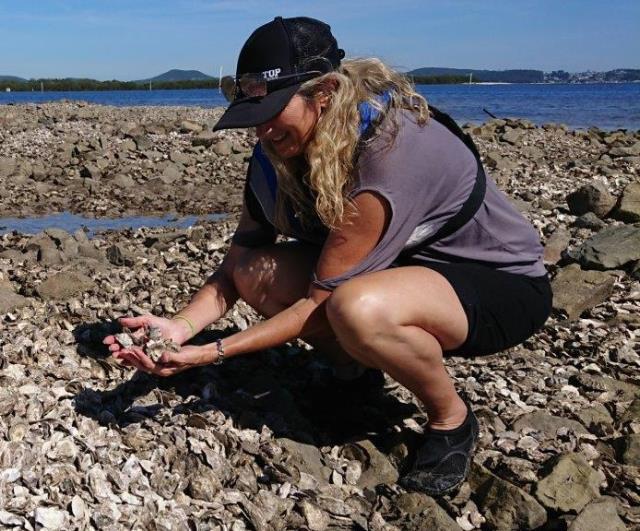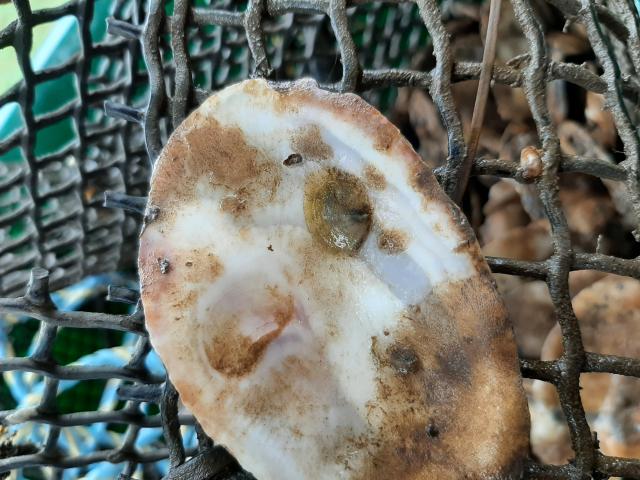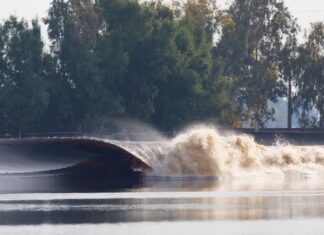After much debate, Noosa Council has given the green light for the Noosa Oyster Ecosystem Restoration Project to construct four oyster bed restoration structures across almost 5870sqm of the Noosa River bed after it engaged Marine Approval Specialists to assess an application for the works.
The project is being conducted in a partnership between The Nature Conservancy (TNC) and Noosa Shire Council (NSC) formed to deliver oyster ecosystem restoration in the Noosa River at four sites, being Tewantin, Goat Island and Noosa Sound East and West.
Council heard the restoration sites had been subject to a number of assessments and studies including Bathymetric mapping, marine and intertidal habitat mapping, river user analysis, habitat suitability modelling, restoration suitability modelling, community consultation and detailed site engineering.
Marine Approval Specialists assessed the project against the Noosa Plan 2020 and the Coastal Protection & Management Regulation 2017 and determined it was compliant subject to a raft of conditions including the implementation of a Construction Environmental Management Plan (CEMP) to govern site environmental management practices.
The State Referral and Assessment Agency (SARA) also recommended approval of the project subject to referral agency conditions.
Further conditions included the need for the structures to meet Maritime Safety Queensland (MSQ) and Department of Agriculture and Fisheries (DAF) requirements relating to signage and aids to navigation and the use of clean materials without contaminants. It must have no detrimental effects and no visual impacts and it must be monitored for any future impacts and seabed disturbance.
A range of environmental management and monitoring commitments contained in the plan included installation of signage and aids to navigation to ensure public safety and safe passage of vessels, avoiding impacts to intertidal vegetation (mangroves and saltmarshes) and seabed vegetation (seagrass and macroalgae) and impacts to existing tidal works as well as the development of a Monitoring, Evaluation and Reporting (MER) System.
At Council’s general meeting, Deputy Mayor Frank Wilkie said the project promised to return oyster ecosystems to Noosa River and in so doing would achieve benefits, including the provision of complex habitat types for marine species, filtering of the water and removal of sediment and pollution. It would process nutrients, stabilise and protect river banks, provide living spaces and feeding grounds for marine species and enhance marine and coastal lifestyle and tourism activities such as fishing, diving and bird watching.
Cr Wilkie said he applauded The Nature Conservancy on the plan.
Cr Brian Stockwell said the role of council was not to debate or question the application but simply to assess it against the required codes and the chief executive officer confirmed the operational works application had to be looked at in its compliance with the codes.
Councillors voted four to three in favour of the work proceeding.








